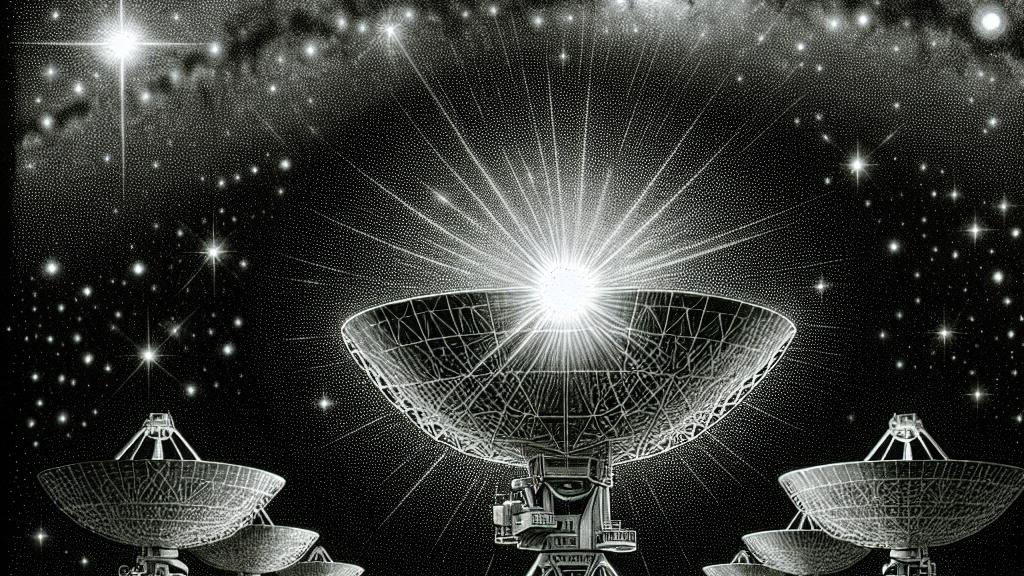Breakthrough Discovery of Long-Period Radio Transients
Overview
- Astronomers have sensationally uncovered the longest-period radio transient ever recorded, named GLEAM-X J0704-37.
- This captivating signal originates from a low-mass star in the Puppis constellation, which lies an impressive 5,000 light years away.
- These findings not only deepen our understanding but also revolutionize our perception of extraordinary astrophysical phenomena and their origins.

A Groundbreaking Discovery in Australia
Imagine the atmosphere of excitement at the International Center for Radio Astronomy Research (ICRAR) in Australia! Astronomers recently achieved a remarkable feat by identifying GLEAM-X J0704-37, a radiant pulse of energy that blinks every three hours, lasting between 30 to 60 seconds each time. This isn't just another celestial occurrence; it stands out as the longest-period radio transient ever detected, stretching the boundaries of our understanding of such phenomena. Distantly nestled in the Puppis constellation, this stellar beacon shines brightly from about 5,000 light years away, situated in a relatively empty region of space—a fortunate alignment that enhances the clarity with which scientists can examine its origins, unlike other signals muddled within densely packed star fields.
Unraveling the Origin of Radio Waves
As researchers delved deeper, they unearthed fascinating insights regarding the source of this signal. It appears that the captivating emissions come from a low-mass M dwarf star, known for its dim light and small size. Surprisingly, while M dwarfs comprise around 70% of the Milky Way's stars, they cannot generate the spectacular energy bursts detected without external assistance. So, what’s behind this astronomical dance? The answer lies in the star's partnership with a white dwarf—a stellar remnant that offers additional energy. Together, they create a remarkable interaction that supercharges the radio emissions. This discovery not only answers vital questions about the emissions but sparks a wave of curiosity regarding the complex dynamics of these celestial companions.
The Far-Reaching Implications for Astrophysics
The implications of this discovery are profoundly significant, reaching far beyond merely understanding long-period radio transients. It highlights the vast potential waiting to be explored in the uncharted territories of the universe, particularly in less crowded areas of space. Each subsequent observation could peel back another layer of mystery surrounding these phenomena, further enriching our knowledge of stellar evolution and interactions. As we continue tuning in to these distant signals, we embark on a thrilling adventure that promises to unveil the intricate mechanics of star formation and the supportive bonds weaving the cosmos together. In essence, this breakthrough is not just a finding; it is a clarion call that fuels our insatiable curiosity and wonder for the universe.

Loading...